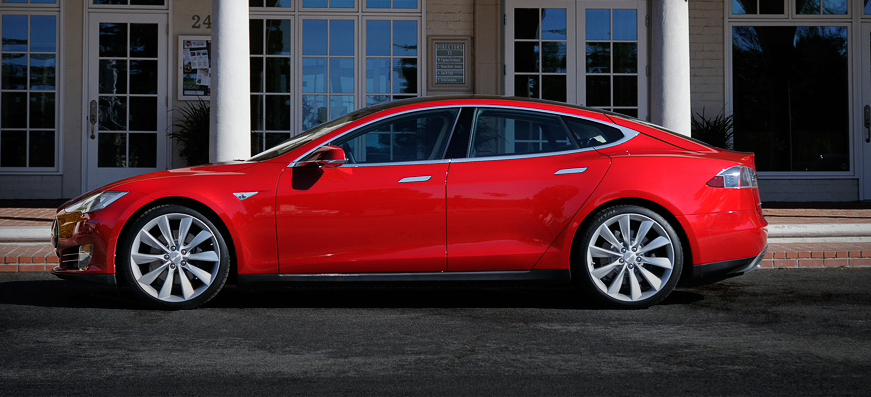Can Tesla Shift to Higher Volume?
Tesla Motors had an Easter present for its investors: due to better-than-expected sales of its Model S, it raised profit forecasts for the first quarter this year. It also dropped the low-end version of the Model S, hinting at challenges the company may face as it seeks to make a lower-priced electric car.

Deliveries of the Model S topped 4,750 units last quarter, higher than the 4,500 units Tesla had expected, the company said last night. That volume allows Tesla to be profitable, both on GAAP and non-GAAP basis, for the first time. “Profitability is what makes a company real,” CEO Elon Musk said in a statement.
Tesla also announced that only four percent of customers signed up for the least-expensive Model S, which has a 40 kilowatt-hour battery pack and a projected range of about 150 miles. The low volume didn’t justify production of that model, so those customers will receive a car with a 60 kilowatt-hour battery, which has an EPA estimated range of 208 miles. Software will limit the range on those vehicles, which can be changed in the future, and owners will have better acceleration and higher top speed than the originally planned model.
The company says that customers are “voting with their wallets” in ordering cars with a longer driving range. That makes sense. If you have enough disposable income to purchase a $70,000 car (the base model for the 60 kilowatt-hour battery model is $69,900 before a $7,500 tax credit), then there’s a good chance you’re willing to spring for the addition driving range. And having more than 200 miles of driving range is significant, allowing for trips of more than three hours—fine for a weekend skiing trip, for example.
But, ultimately Tesla intends to sell to a broader market outside of the well heeled. Right now, it’s effectively stealing customers away from other luxury and performance cars. To retain profitability this year—and hit its target of 20,000 Model S sold—Tesla needs to continue appealing to that car customer segment.
In the future, though, Tesla intends to design a more moderately priced electric car. The slow uptake of its lower-end Model S could indicate that it’s current high-touch sales and distribution approach won’t scale as they approach more price-sensitive customers. At the same time, the competition among electric and hybrid vehicles is increasing as more options come to market.
The good news for Tesla is that it’s made what appears to be a good product and achieved profitability (in sharp contrast to its competitor Fisker, for example). In its last earnings call, Musk said the company’s focus is improving manufacturing efficiency, not necessarily high volumes. But to grow and thrive, the company will need to navigate another tricky turn, from over-achieving startup to volume producer.
Keep Reading
Most Popular
Large language models can do jaw-dropping things. But nobody knows exactly why.
And that's a problem. Figuring it out is one of the biggest scientific puzzles of our time and a crucial step towards controlling more powerful future models.
How scientists traced a mysterious covid case back to six toilets
When wastewater surveillance turns into a hunt for a single infected individual, the ethics get tricky.
The problem with plug-in hybrids? Their drivers.
Plug-in hybrids are often sold as a transition to EVs, but new data from Europe shows we’re still underestimating the emissions they produce.
Stay connected
Get the latest updates from
MIT Technology Review
Discover special offers, top stories, upcoming events, and more.